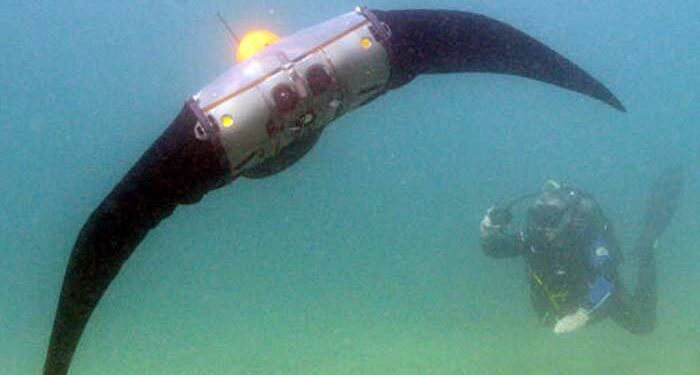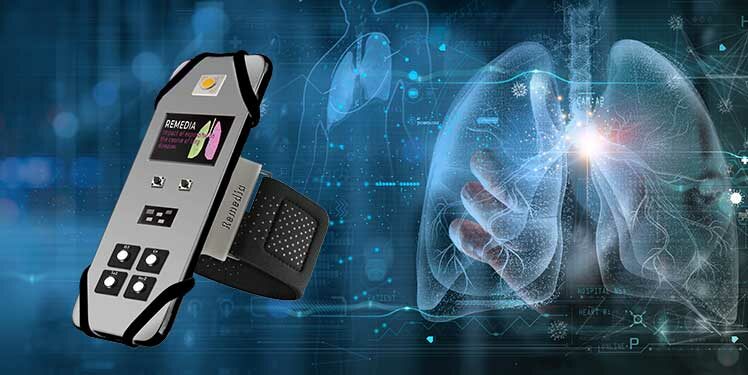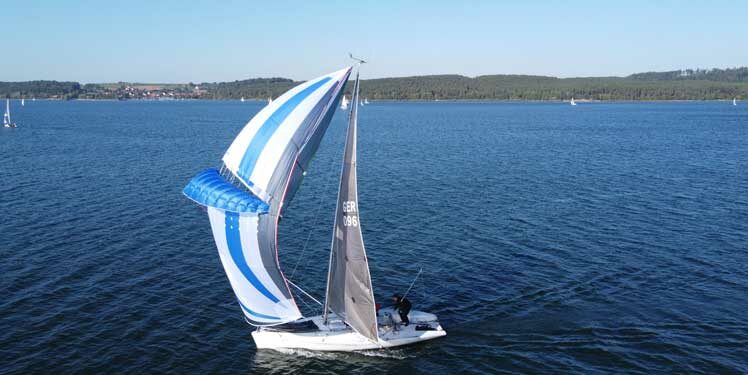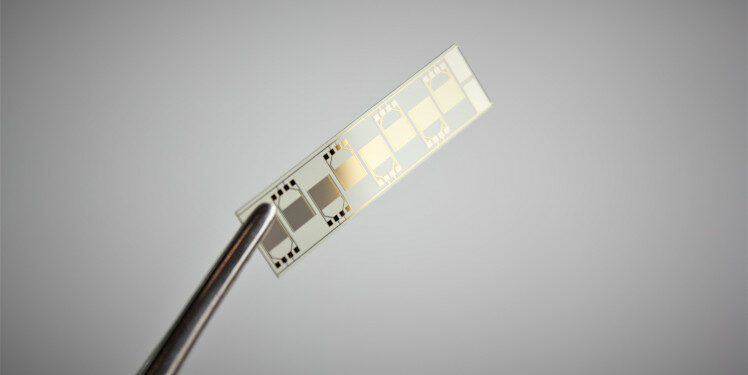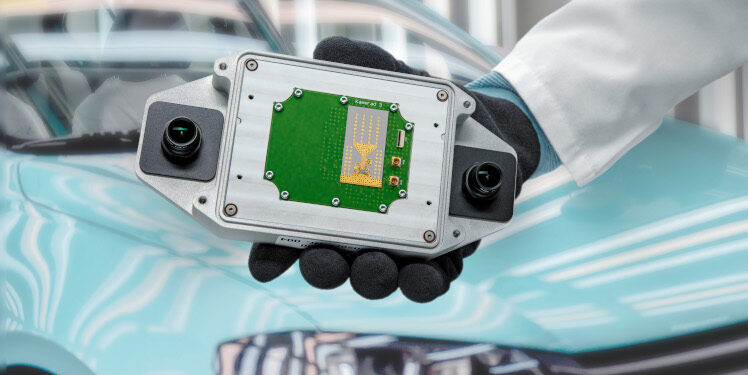A bionic sensor skin for semi-autonomous service robots in challenging land and underwater applications
A 50,000 square meter artificial reef off the Baltic coast and a green space following the trajectory of the Berlin Wall: Two places, about 240 km apart from each other and as different as could be. However, only a few…

